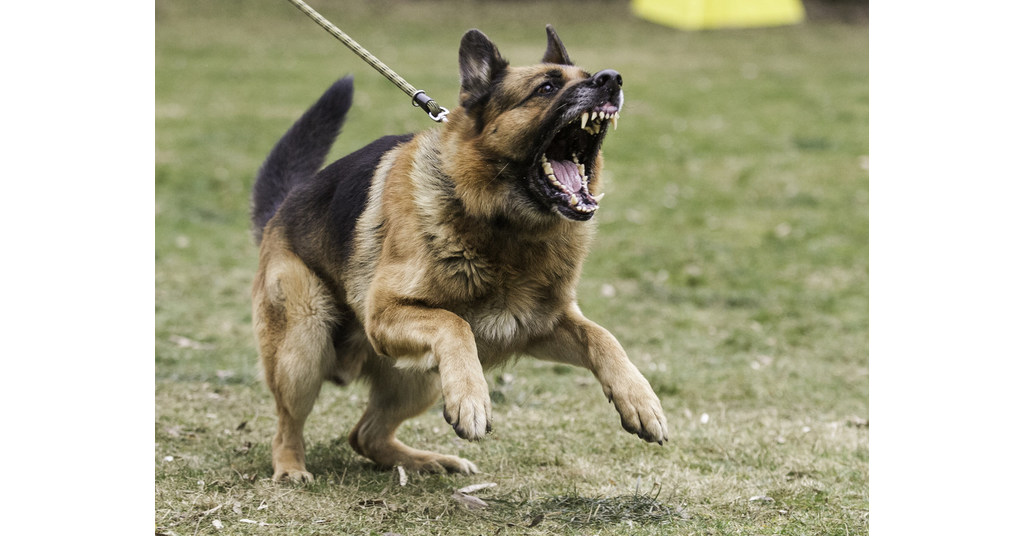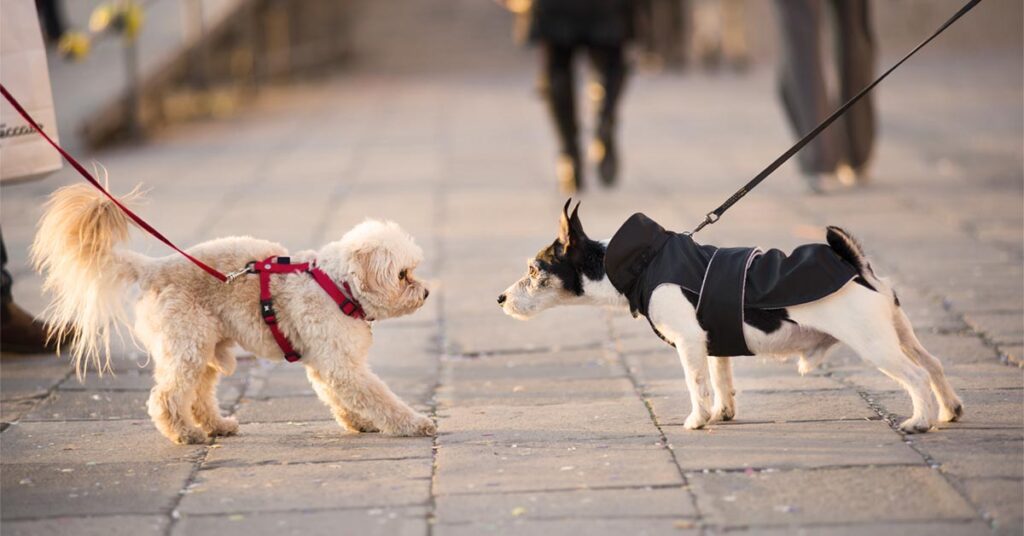Overcoming Dog Aggression on Walks
Explore the human-friendly guide on understanding and overcoming dog aggression during walks. Learn how to address leash aggression, stop attacks, and create positive social experiences. Discover the reasons behind sudden aggression and find practical tips to socialize dogs effectively. Uncover strategies to calm reactive dogs and stop food aggression, fostering a peaceful coexistence between your furry friends.

Why is My Dog Aggressive on Walks?
· Understand the reasons behind leash aggression, often linked to anxiety or territorial instincts.
· Explore how dog owners might unknowingly contribute to or exacerbate leash aggression.
Stopping Dog Attacks on Walks:
· Be Calm and Decisive: Avoid continuous leash tension and maintain a calm demeanor.
· Teach Avoidance: Train your dog to avoid confrontations, fostering positive behaviors.
· Create Space: Use distance or physical barriers to prevent aggressive encounters.
Addressing Sudden Aggression:
· Consider Physical or Medical Issues: Sudden aggression may indicate underlying health problems.
· Prioritize a Veterinary Checkup: Seek professional advice for dogs displaying sudden-onset aggression.

Training Dogs Not to Be Aggressive:
· Desensitization and Positive Reinforcement: Employ desensitization, trust-building, and positive reinforcement.
Obedience Training: Provide behavioral cues to redirect focus away from other dogs.
Fixing Dominant Aggressive Behavior:
· Increased Exercise: Enhance physical activity to reduce dominance-related aggression.
· Obedience Training: Use training as a distraction, redirecting attention from negative stimuli.
Socializing Dogs at Any Age:
· Importance of Socialization: Socialize dogs between 8 weeks and 4 months old for optimal results.
· Never Too Late: Emphasize that socialization can benefit dogs at any stage of their lives.
Getting Dogs to Like Each Other:
· Calm Introductions: Approach other dogs calmly, allowing positive associations to form.
· Positive Leash Etiquette: Maintain a slack leash and remain calm during introductions.
Calming a Reactive Dog:
· Set Up a Routine: Establish a consistent routine to provide stability for your reactive dog.
· Counter Conditioning: Use counter conditioning to change your dog’s response to triggering stimuli.
Stopping Food Aggression:
· Gradual Exposure: Introduce your presence during mealtime gradually.
· Hand Feeding: Try hand feeding as a way to build trust and reduce food aggression.
Breaking Dominance Over a Dog:
· Identify Troublesome Behaviors: Recognize and address problematic behaviors.
· Stay Calm: Maintain a calm demeanor to influence your dog’s energy positively.
Tips for Socializing Aggressive Dogs:
· Introduce Gradually: Gradually introduce your dog to others, emphasizing positive experiences.
· Consistent Socialization: Regular socialization builds positive associations and reduces aggression.
Embrace the Journey:
Navigating dog aggression on walks requires understanding, patience, and positive reinforcement. Implementing these pointers ensures a harmonious relationship between your canine companions, fostering a joyful and peaceful coexistence.
READ MORE :
My Journey with Expert Pet Training for a Trained and Joyful Furry Companion
Why Do Dogs Lick Their Paws Constantly? 5 Causes & Remedies
Understanding (10 sign) Dog Warning Signs of Aggression
10 Effective Ways to Train Your Dog to Get Along With Other dog Friends

